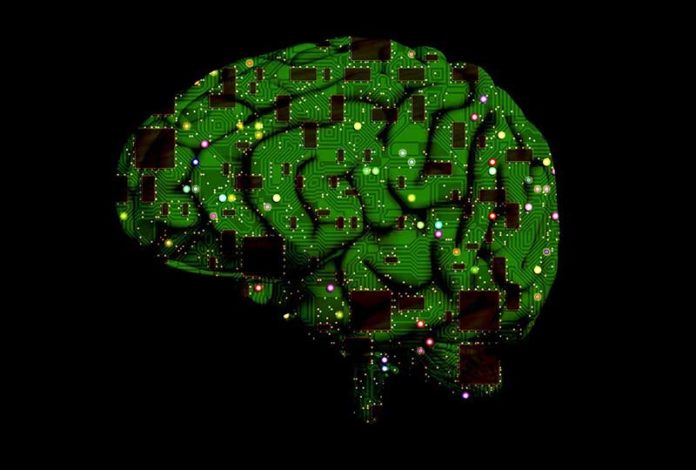A new study from Tel Aviv University has shown a dramatic breakthrough in how VR improves cognitive and motor function. After utilizing a combination of virtual reality and a treadmill, VR was linked to a decline in falling rates of Parkinson’s patients. This is huge, as it affected even patients who suffer from a neurodegenerative disease.
Parkinson’s disease affects the brain and leads to a slow decline of cognitive function over time. Eventually, the ability to walk or hold a fork or spoon becomes next to impossible. This new study suggests virtual reality might help treat the problem and improve brain functionality.
Treating a Neurodegenerative Disease
Parkinson’s disease involves a complicated treatment that will ultimately only slow the progress of the disease. At this stage, there is no cure. However, previous treatments were limited to medicating the problem and using surgery for more serious cases. While effective at slowing the progress, the process can take a massive toll on patients who have to track medications and doctor visits as their cognitive function is failing them.
Virtual reality has already proved to an effective tool for diagnosing Parkinson’s, now it offers an opportunity to combine cognitive rehabilitation with motor function for a kind of “full body workout” that includes the mind.
From previous work, the researchers had determined that a loss of motor function doesn’t mean that patients aren’t using the brain. In fact, there may be an increase in brain function in order to try and compensate for that loss of motor function. Targeting the gait was a way for researchers to look at methods that might decrease rates of falling.
VR Training
The researchers split all participants into two groups. One group used only a treadmill, and the other got the treadmill with a VR game that involved avoiding obstacles while walking through a computer-generated world. Patients in the simulator could see their feet as they walked through a park or a similar outdoor environment.
[youtube https://www.youtube.com/watch?v=hocvsEMnWrA&w=560&h=315]
The Cleveland Clinic published a video in 2014 detailing an early example of this technology. This device isn’t fully immersive VR, you’ll notice there’s no headset, but it does provide some frame of reference for what patients experienced. 4D feedback is used to try and simulate changes in elevation, so patients have to navigate terrain familiar to them in the real world.
The simulation taught patients how to view the world around them and judge distance from objects, as well as take literal steps in avoiding them. Their cognitive side recognized an object as an obstacle to be passed in order to get to the goal, and the motor function responded accordingly. Researchers dub this type of training “neuroplasticity”, and it refers to the idea that our brains can change throughout life.
Our brains are a lot like a kind of plastic, perhaps a rubber band or a breadboard full of wires carrying connections. Neuroplasticity is at work when you learn to play a new instrument or speak a new language, and the changes are often permanent. One thing neuroplastic training relies on is an intense focus and high motivation because you’re more likely to achieve a goal you want. In VR, developers can create an alluring goal that is based contextually in the world around you.
Findings and Implications
Task-specific exercises have a powerful effect on the brain. They allow us to focus and remain motivated on achieving something, even if the goal is something small or not significant. If VR can help train the brain of patients suffering from neurodegenerative diseases, it would be a significant leap forward in the combination of cognitive and motor training in athletes.
What if VR helps future athletes become more responsive by rewiring their brains? Coaches in baseball would love if every hitter recognized their ideal pitch instinctively. This kind of neuroplastic training might alter the brain to make these kinds of cues much more obvious.
The findings also show how personalizing an exercise program can be beneficial to the patient. In physical fitness, and general health, we all have different goals. Learning how VR fits into your exercise program to help you remain active in body and mind will be a fundamental component of future workouts.


